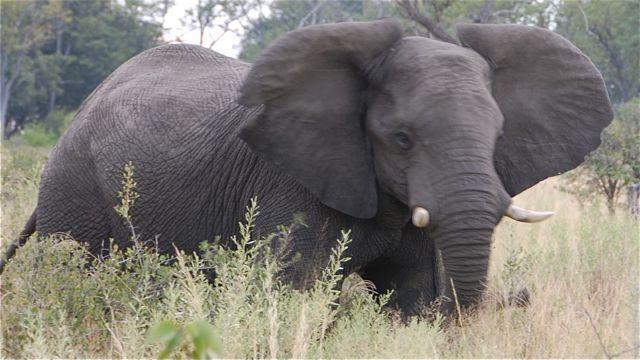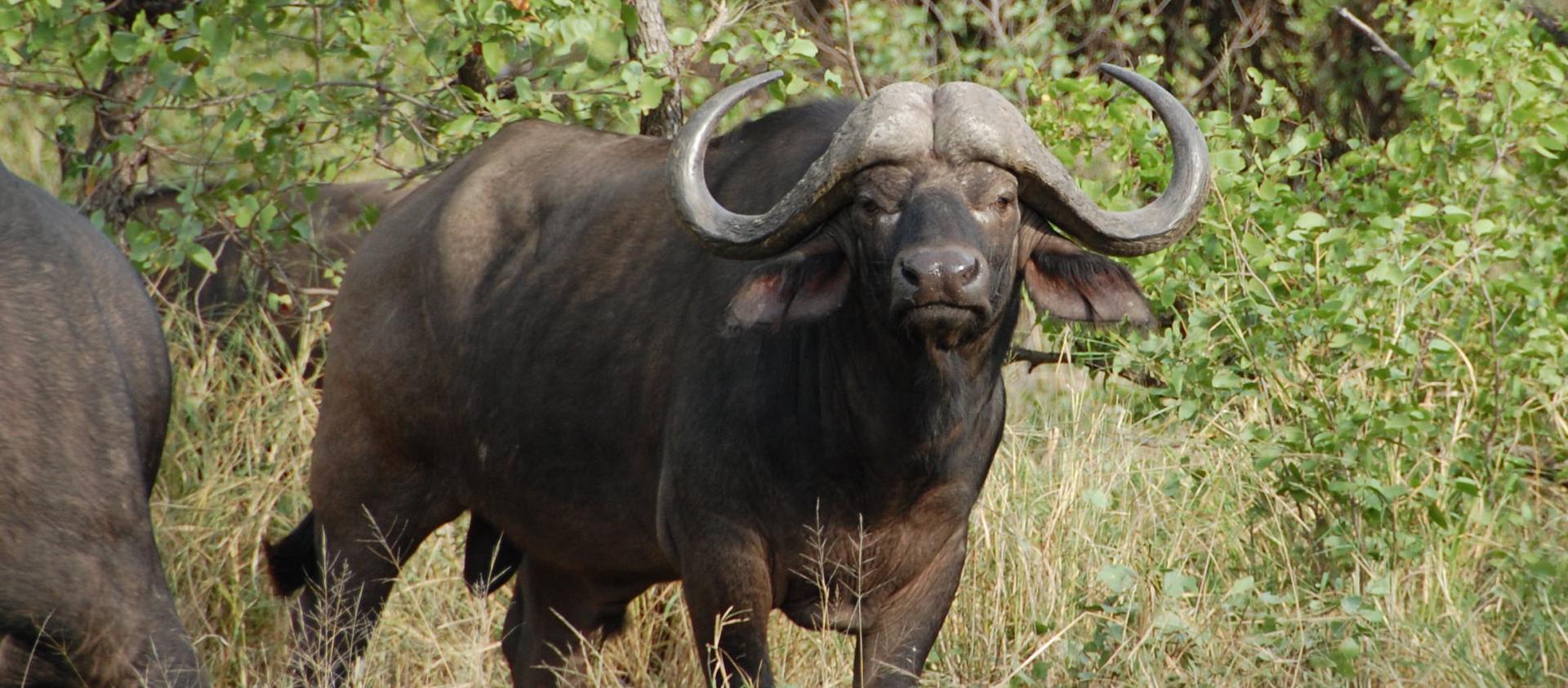Perilous pursuits
Why the rush of hunting dangerous game isn’t for everyone
Advertisement
If you’ve read much about hunting adventures in southern Africa, you’ll likely recognize the term “jesse bush.” Imagine following any critter through acres of caragana and you’ll have some idea of just how thick jesse can be. Now make that animal one of the world’s most dangerous when wounded—the Cape buffalo. Tracking a wounded buff through the jesse is exactly where I found myself a few years ago, and even the memory makes me nervous.
To be clear, I hadn’t wounded the buffalo. In the region of Zimbabwe where I was hunting, poacher snares are common. Buffalo aren’t targeted, but they can become victims. We’d come across the spoor of a bull that, judging from the blood and uneven tracks, had clearly been snared. As ethical hunters, it was our responsibility to track it down and kill it, possibly saving an innocent hunter or local from a potentially life-threatening encounter.
Advertisement
A perilous responsibility
The outfitter and his tracker led the way; I was next, followed by a client friend, then my wife and, bringing up the rear, the government-mandated game scout with his AK-47. It was downright spooky—seldom could we stand upright as we ducked and weaved through the dense vegetation. You literally couldn’t see beyond six feet on either side.
When they know they’re being followed, wounded buffalo have a nasty habit of turning aside and waiting for whatever’s on their trail. Their greeting is often a full-blown charge from close quarters, with the intention of using their massive horns and anvil-like hooves to render the unsuspecting into an amorphous mass. The nickname “Black Death” is well deserved.
Advertisement
Tracking through the jesse was the longest 10 minutes of my life. I was worried about my wife, who wasn’t aware just how dangerous the situation was. I was worried that should the buffalo charge, the game scout would begin haphazardly spraying bullets as he inevitably backpedalled for safety. And I was worried that one or more of us would get stomped before we could sort the situation out.
Fortunately, we broke free of the jesse before catching up to the bull. In fact, we never did find the wounded animal, despite our best efforts. Hopefully nobody had to pay for the wanton disregard of those poachers, but I’ll never know. What I do know, however, is that those few minutes of high-intensity, adrenaline-fuelled pursuit are the very reason so many hunters are addicted to dangerous game.
The appeal of danger
So, what exactly is dangerous game? I think of it as any animal that, rather than flee when wounded, will instead elect to fight back using its claws, teeth or brute strength. Africa’s Big Five are obvious members of the fraternity (see “Fearsome five”). Here in Canada, I believe our dangerous game is restricted to bears. I don’t think of cougars as dangerous, though they can certainly inflict damage on a person. It’s just that they’ll nearly always choose to escape if given the chance. And while hunting mountain goats may be our most dangerous hunt, it’s because of the treacherous mountain terrain they inhabit, not the animals themselves.
Many people love to be scared. That’s why roller coasters are so popular. Research has shown the natural high of the fight-or-flight response can feel great; it’s not necessarily a personal choice, but rather brain chemistry at play. Dopamine is a natural hormone that is released in thrilling situations, and some people get more of a kick from it than others. Scary scenarios can also give you a sense of confidence and boosted self-esteem once the fear has passed.
Dangerous game hunting is not for everyone. Some struggle to control the fear and the associated rush of hormones, the results ranging from completely freezing up to shooting poorly, or even wildly. These hunters aren’t cowards—it’s simply the way their brain chemistry responds to the stimulus.
If you get a thrill from hunting dangerous game, then you know there’s no substitute. If you don’t, there’s no need to apologize or feel embarrassed—it’s better to know your limitations than put anyone, including yourself, at risk. As for me? Let’s just say that one day, I look forward to once again pursuing Black Death through the jesse.
Fearsome five

Originally coined by big-game hunters in Africa, the term “Big Five” refers to the continent’s Cape buffalo, elephant, leopard, lion and rhinoceros. The animals were selected not for their size, but because they’re the toughest game to hunt on foot—and extremely dangerous.

